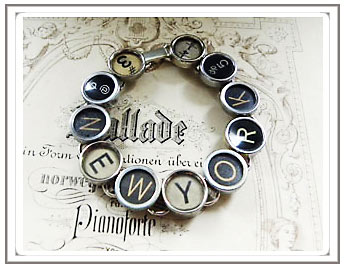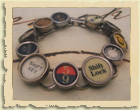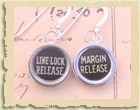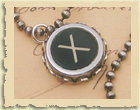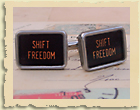What's Your Type? The History of Vintage Typewriters
Vintage typewriters have their own chapter in the history of the written word. I remember the day my grandmother allowed me to finally touch her typewriter. She took off the cover, showed me how to insert the paper and gave me the freedom to discover each and every key and sound. From the Click-Clack of the striking keys to the Ding of the bell at the end of each line, for me it was and still is more than a machine, it's an emotional item with history and meaning.
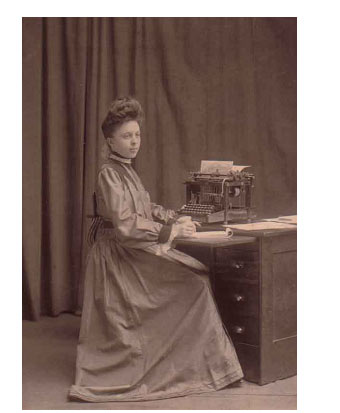
The first patent for a writing machine was granted in London in 1714 to an engineer called Henry Mill. The patent, registered for "an artificial machine or method for the impressing or transcribing of letters singly or progressively one after another" is somewhat vague, and so is the rest of Mill's history.
The first typewriter proven to have worked appeared in 1808, when Italian PellegrinoTurri had built one for his blind friend Countess Fantoni da Fivizzono . Turri was also the one who invented the carbon paper that year, first used as a substitute for ink (Think about it, we still use the phrase "cc," short for "carbon copy" in today's emails!)
The second half of the 19th century was inventors' heaven. Numerous inventors in Europe and the U.S. worked on typewriters but real new age of the typewriter began in 1873, with the introduction of the Sholes & Glidden Type Writer (this is why we use this term till today). Christopher L. Sholes, a Milwaukee newspaperman, poet, and part-time inventor, was the main creator of this machine .
Sholes had introduced a new solution to the keyboard layout, to solve a problem – typing too quickly on the keyboards caused the typebars to clash and stuck. His new layout made it difficult to type, separating the common letter combinations, such as TH or QU so that typing speeds would be reduced. This keyboard format, the QWERTY, is still the most common format used today, named after the five letters in the first row, from left to right).
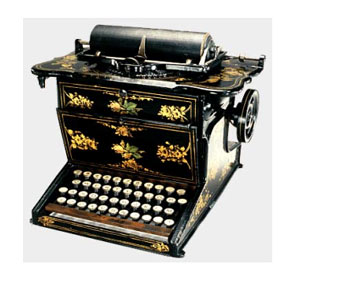
Sholes had sold his invention to Remington & Sons company, which manufactured sewing machines back then. The first typewriters looked rather like a sewing machine, and even had a foot pedal to create a new line.
Another story about the QWERTY keyboard is that the way the keys are set, the word TYPEWRITER can be created by using the upper line keys only; This is believed to have been a selling tactic, as salesmen could spell the word, without learning the entire keyboard.
The Underwood #5 typewriter was first produced in 1901 by the Underwood Typewriter Company of New York. It was faster than other designs of the time, operating effectively with a lighter touch, and had shift keys for caps and lower case letters, plus a tabulator key. The # 5, most popular model of early Underwoods, can still be found everywhere.
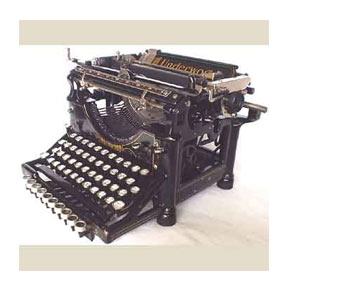
These days, when most of us use computers and other electronic devices, the vintage typewriters are still a cultural icon.
People collect them, artists use them as a material or a technique to create beautiful pieces of art, and even the sounds are used as musical elements. Even if you are not an aspiring writer, the possibilities of having them as part of your life are endless - imagine the feelings when receiving a real, hand-typed note,or the look of jars with hand-typed labels, or opening a box to discover a bracelet or cufflinks made of vintage typewriters keys.
